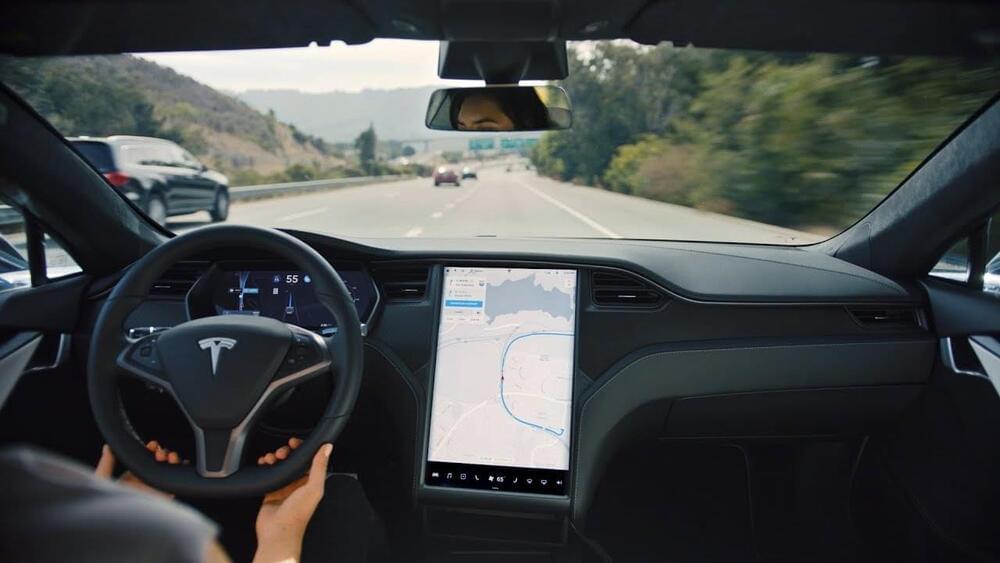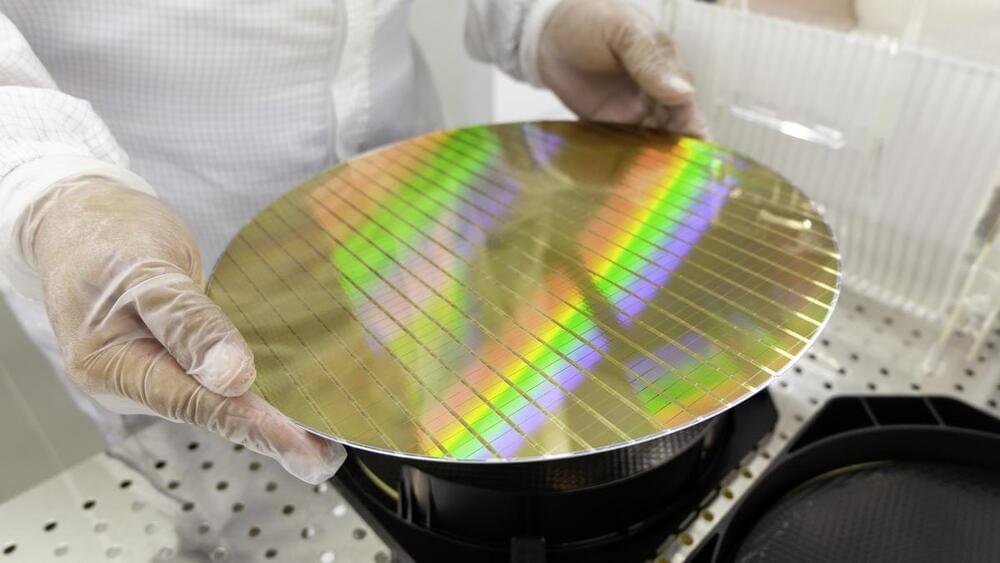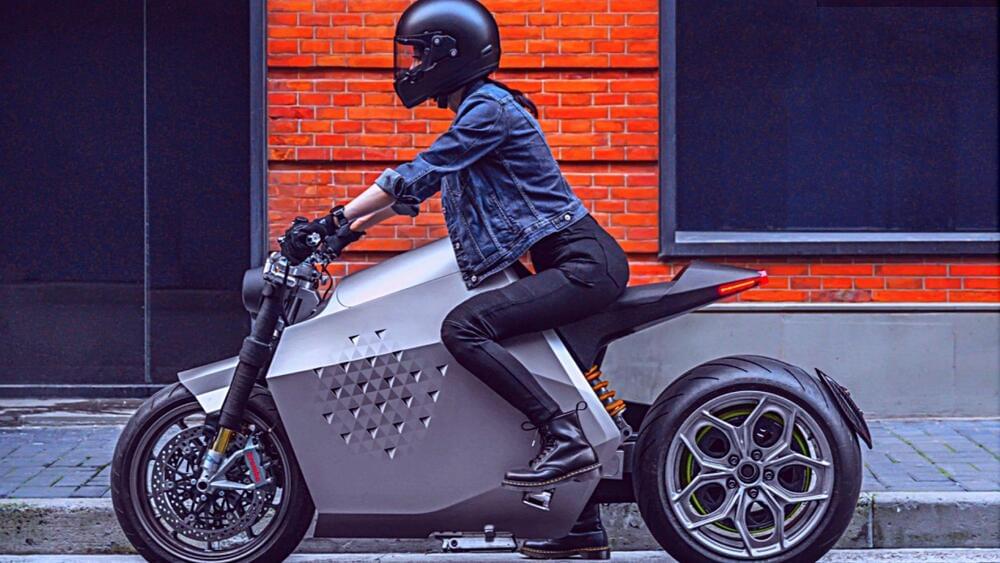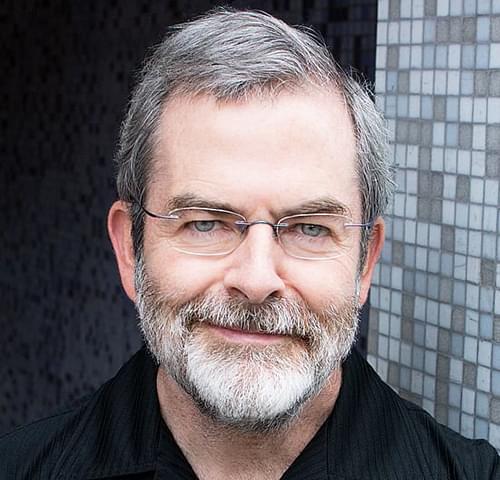Tesla is planning to license Autopilot and even its Full Self-Driving suite to other companies, CEO Elon Musk said yesterday in a Tweet.
The announcement comes after Tesla recently struck a deal with Ford to open its Supercharging network to the automaker, which also plans to adopt Tesla’s charging connector that will eliminate the need for an adapter.
Musk, in a Tweet responding to an article regarding GM CEO Mary Barra’s comments regarding Tesla’s prowess in EVs, said that the company “aspires to be as helpful as possible to other car companies,” mentioning the move it made several years ago that made its patents freely available to other companies.








